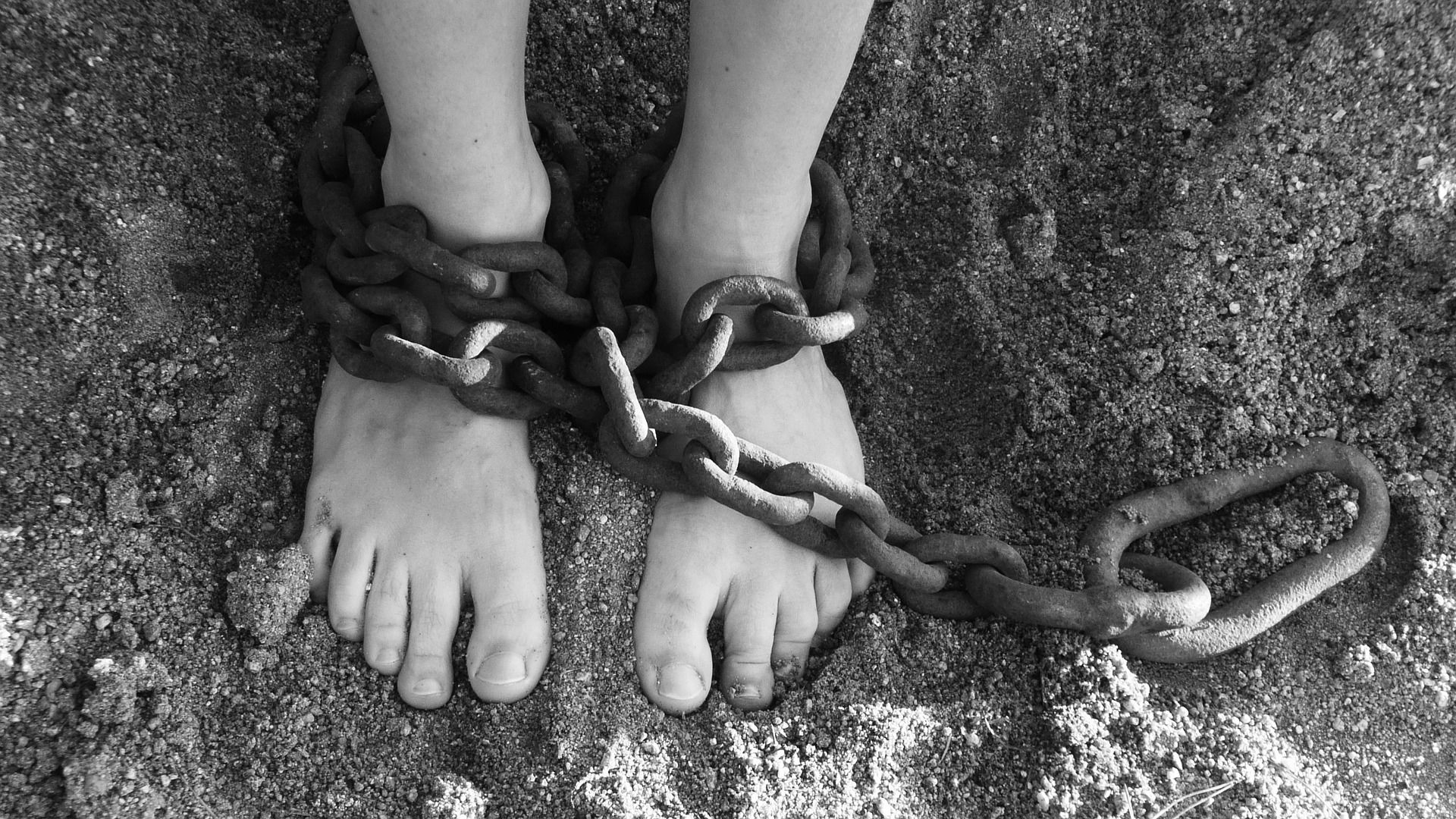Coercive Control

Are you being controlled in your relationship?
Take this assessment and read more about Coercive Control in relationships…
 This is a shortened version of the Controlling Relationship Assessment from Invisible Chains: Overcoming Coercive Control in Your Intimate Relationships by Lisa Aronson Fontes. For the full assessment go to: http://www.guilford.com/fontes3-forms
This is a shortened version of the Controlling Relationship Assessment from Invisible Chains: Overcoming Coercive Control in Your Intimate Relationships by Lisa Aronson Fontes. For the full assessment go to: http://www.guilford.com/fontes3-forms
If you answered “yes” to one or more of the questions in this assessment tool, then you may be in a controlling relationship. When you hear that a relationship is abusive, you may assume that it must include physical violence. However, in truth, emotional abuse and coercive control is more common, more insidious, and often more damaging. The impact of physical violence is often visible and concrete, while coercive control is hidden and secretive.
Evan Stark creted the term and concept of Coercive Control to help explain that intimate partner violence is more than just a fight and more than physical violence. Stark describes Coercive Control as “a pattern of behavior which seeks to take away the victim’s liberty or freedom, to strip away their sense of self. It is not just women’s bodily integrity which is violated but also their human rights.”
The goal of coercive control is to manage every aspect of the other individual. Violence may or may not be needed to maintain control. Instead, the abuser may use a range of tactics such as isolation, degradation, intimidation, threats, mind-games, micro-regulation (monitoring phone calls, appearance, social activities) to make the individual behave as they want. The abuser creates a world in which the individual is constantly monitored, judged, and criticized. The abuser has an idea in his/her head how the partner should act in all ways (appearance, behavior, house-keeping, parenting, sexually, etc.) and holds the partner responsible for following these unknown and often ever-changing rules.
Evan stark states that, “Experiencing coercive control is like being taken hostage; the victim becomes captive in an unreal world created by the partner/abuser, entrapped in a world of confusion, contradiction and fear.”
The following is from cedernetwork.org.uk
Experiencing coercive control is like being taken hostage; the victim becomes captive in an unreal world created by the partner/abuser, entrapped in a world of confusion, contradiction and fear.
Surveillance continues even when the perpetrator is not present (constant phones calls or texts, using children to report on movement etc.). The perpetrator can come to appear omnipotent.
Fear and confusion are central to our understanding of coercive control; it is living in a world of moving goal-posts, shifting sand; it is like constantly walking on eggshells. It is a world of everyday terror.
In this way, coercive control is not domestic purely in the sense that it occurs at home – it crosses social space: literally, in that technology allows for surveillance wherever a victim is, and metaphorically, in that the victim becomes brainwashed, internalizing the rules, adapting her behavior to survive. Coercive control is the white noise against which she plays out her life; ever present, ever threatening. The strength to live with this and to function daily in a range of settings – to survive – is enormous and courageous.